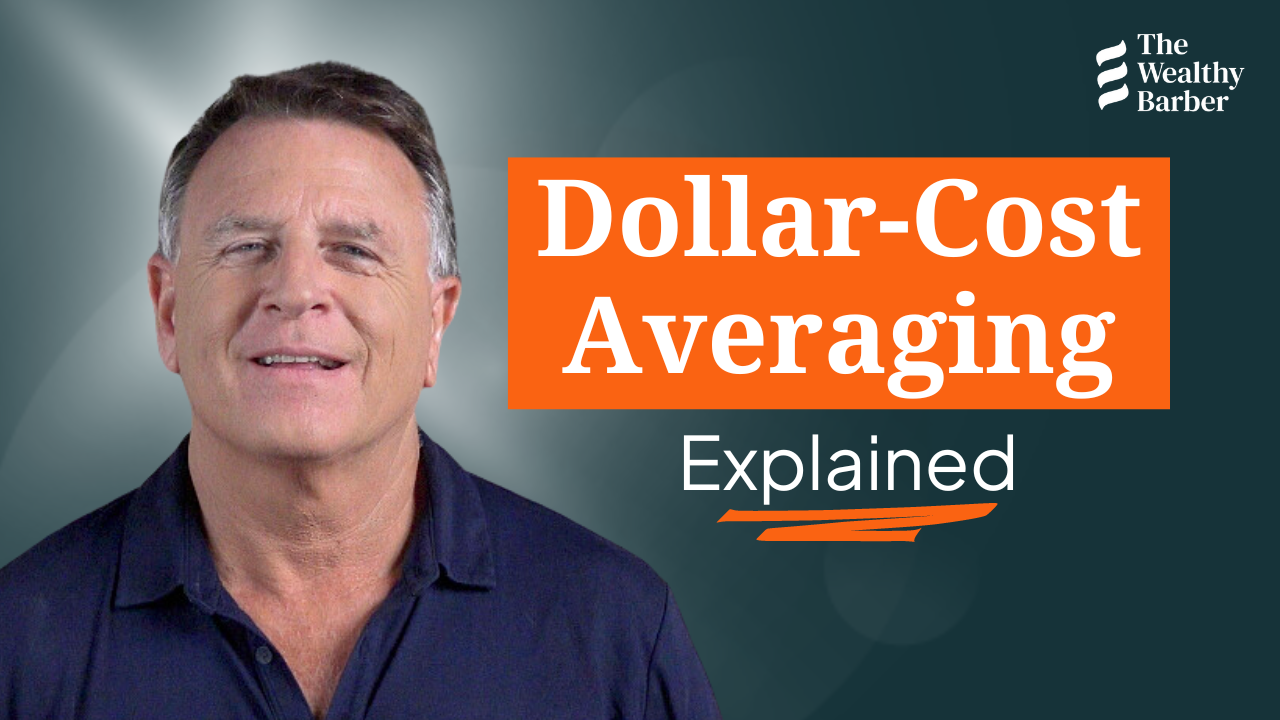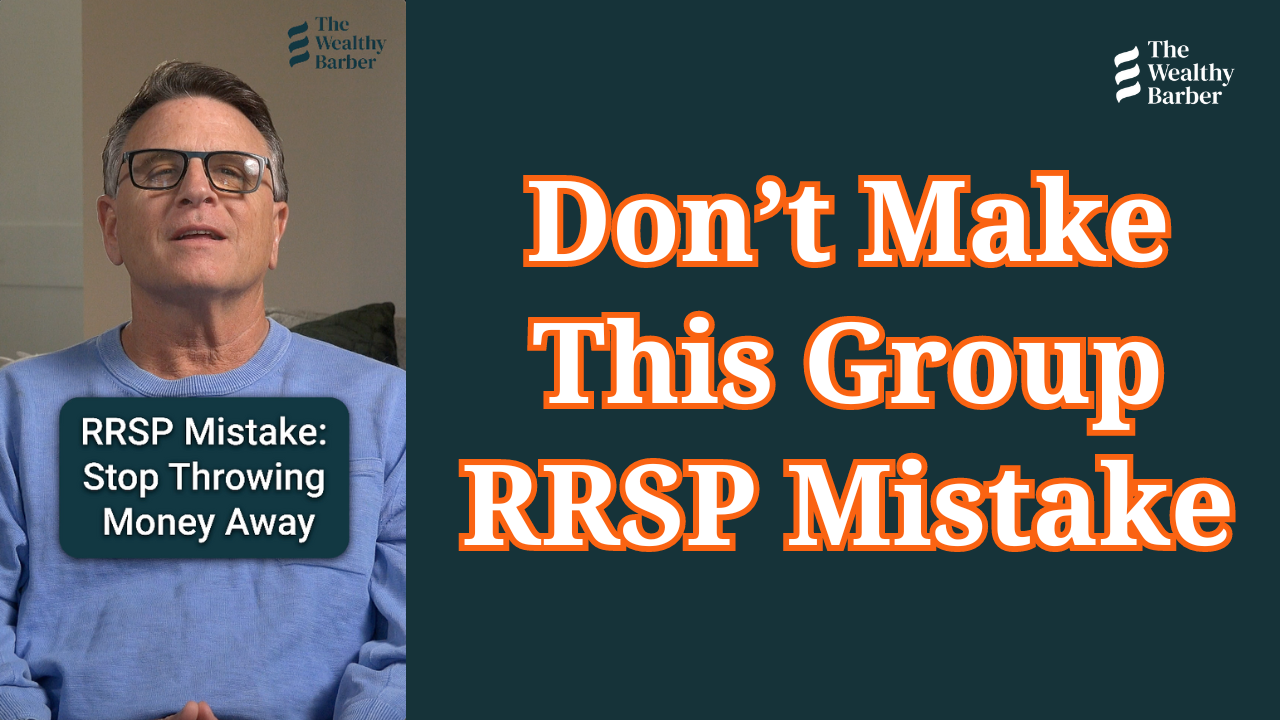What is an RRSP? — Personal Finance Explained
What exactly is an RRSP? Watch even if you think you know! This is a quick example of the type of things we’ll be doing with our video glossary.
An RRSP, or Registered Retirement Savings Plan, is a retirement savings and investment account that the Canadian government introduced to encourage people to save for retirement. Here are the key features of an RRSP:
1. Tax-Deferred Growth: Contributions to an RRSP are tax-deductible, meaning they can reduce your taxable income for the year you contribute (or future years if you choose to defer the deduction). The investments within the RRSP grow tax-free until they are withdrawn.
2. Contribution Limits: There is a maximum amount you can contribute to your RRSP each year, which is based on your earned income and subject to an annual limit set by the government. Unused contribution room can be carried forward to future years.
3. Types of Investments: RRSPs can hold a wide variety of investments, including stocks, bonds, mutual funds, ETFs, and GICs (Guaranteed Investment Certificates).
4. Withdrawals: Withdrawals from an RRSP are considered taxable income. Withdrawals made before retirement are generally discouraged due to the tax implications and potential withholding taxes, except under specific circumstances like the Home Buyers’ Plan (HBP) and the Lifelong Learning Plan (LLP), which allow for temporary, tax-free withdrawals.
💈💈💈
What is an RRSP? Most Canadians still can’t answer that question very well. Better though than when I started out, people would constantly ask me, “Should I make an RSVP contribution this year?” Hey, party on! RRSP stands for Registered Retirement Savings Plan. But for now, let’s forget the first R. What is a Retirement Savings Plan, just an RSP?
Well you would think the word “plan” implies some well-thought-through, down-on-paper strategy for how to build a pool of capital to carry you through retirement. Nope. Not at all. Plan, borrowed from pension plan, refers to the actual pool of capital that you’re managing with the intention of growing it, both through adding to it and through investing it, to eventually spin off an income to help you in your retirement years.
Could be invested in anything from stocks to bonds to high-end watches to Christmas-tree farms for heaven’s sakes. Your call. What about the first R, though, in RRSP? Ah, now we’re registering the plan. With whom? The government. Why let them know what we’re up to? Well, because they are trying to incentivize us to save for retirement, they’ve given us some tax breaks if we register our plan. But only certain investments are eligible—none of this Christmas tree stuff. Crazy. Each year as you make up to your maximum allowable contribution, you get to deduct that amount from your taxable income. That’s big! What’s more all the money inside the RRSP grows unencumbered by tax.
Woo woo! Then it’s fully taxable upon withdrawal. Boo boo! We’ll look at the math of all this in another video—suffice it to say here, it’s usually quite good. Is an RRSP better than a TFSA? Another video. But I will say this—TFSAs and RRSPs are much more similar than most people realize. By the way, I’m always asked, “Should I invest in an RRSP or say something like an index fund?”
You don’t invest in an RRSP. You contribute to one. An RRSP is not an investment. It’s a container for investments. RRSPs should actually have been called: RCRIs—Registered Containers for Retirement Investments. Much better name. What about using the money in the plan to help buy a home? I can’t go into that now because, frankly, I’m going golfing. Enabled by my RRSP.
Feel Confident About Your Finances
Sign up for our Weekly Round-Up of new videos and podcasts released over the past seven days. We won’t spam you or try to sell you a course—promise!



